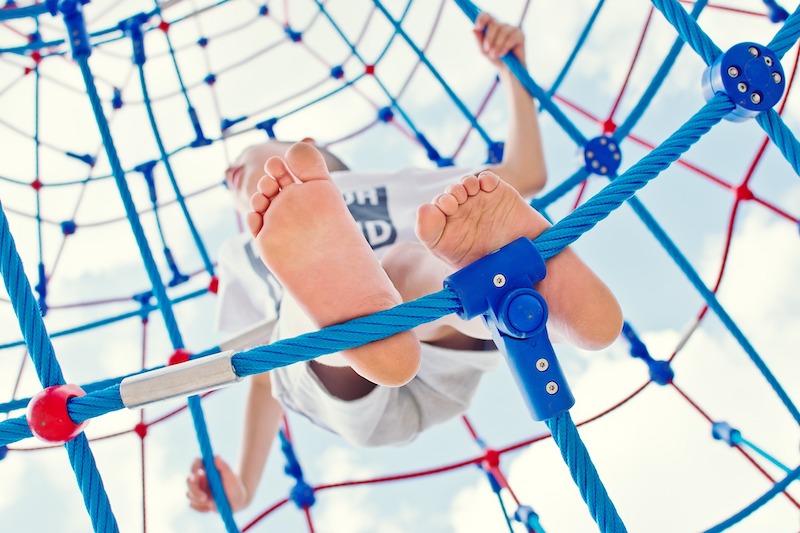Safeguarding Children in Therapeutic Settings: Online Dilemmas
-
-
Gretchen Precey
New windows on risk have been opened by online therapy with children and young people. In her third occasional blog about her work, independent social worker Gretchen Precey shares some of the emerging dilemmas with which our safeguarding procedures and trainings need to keep pace – from the unseen presence of family members to what we might glimpse on the mantlepiece.

In therapy sessions conducted online from home, much more information is inevitably revealed about the child and about the therapist. This has safeguarding as well as clinical implications.
From the point of view of the child, not having a room that is a neutral, private space can be both inhibiting and dangerous. A therapist may not be aware, for example, that a child is speaking to them from the very bedroom where the child was abused, which may hugely increase their anxiety, or that the child is not alone and someone else may be in the room or within earshot.
I am aware of a situation where a girl of nine made allegations of sexual abuse by her stepfather in the days leading up to first lockdown. Because of some of the inconsistencies in her evidential interview, the police were unable to arrest and remove her stepfather. She spent the next five months with him in a small two-bedroom flat with her three siblings, and with a mother who said she was ‘telling porkies’. Although she was badly in need of therapy (and protection) the decision was that, on balance, online sessions were too risky because of step-father’s presence in the house, their lack of reliable connectivity and there being no safe space at home. That summer she made a serious suicide attempt.
Being able, literally, to see into the child’s world can give the therapist an enhanced understanding of the context of their home life but it can also be a potentially problematic window on risk. I was recently consulted on a case involving a teenage boy who was referred for counselling for his aggressive and threatening behaviour in school. Because of Covid restrictions, the sessions took place in his family’s front room. The therapist could see numerous publicity posters for a far-right party on the wall. There were a gun and knives on the mantlepiece and anti-Semitic and racist publications on the bookshelf. The boy’s father interrupted the session several times to find out what was going on and challenge the therapist about the questions she was asking his son.
I was asked for my view on whether this was a safeguarding issue, what should be done about the weapons that were visible in the house and whether the Home Office anti-radicalisation unit, Prevent, should be informed. None of this context would have been available to the therapist if the boy was being seen in a clinical setting.
Recently, a participant on a safeguarding course I was facilitating for therapists brought a dilemma she had faced the previous week when a serious child protection matter came up during the course of a session with a child. She is based in a CAMHS team with colleagues on the premises whom she can usually turn to for support and consultation in situ – but because she was conducting the session online from home that was not possible. Had she been seeing the child at CAMHS, she may have considered phoning children’s services or the police, because she had worries about the child going back home after the session. But in this case the child was already at home, and seeking a place of safety for him would be a much more complicated undertaking.
While many therapists have resumed face to face work, it looks as though online work with children and young people will be here for some time to come. The technical capability of online working allows therapists the opportunity to continue seeing children who need psychological help when restrictions are in place and while children are self-isolating – including the hundreds of thousands of children currently off school because of the bubble system. It also means that geographical distance and travel need not be such a barrier to therapy being considered and, in theory, a greater number of children can be seen – perhaps beyond the pandemic.
But the therapists I train and advise have been discovering that technological advances also come with an increased potential for risk – to which our safeguarding procedures and trainings are only beginning to identify and respond.